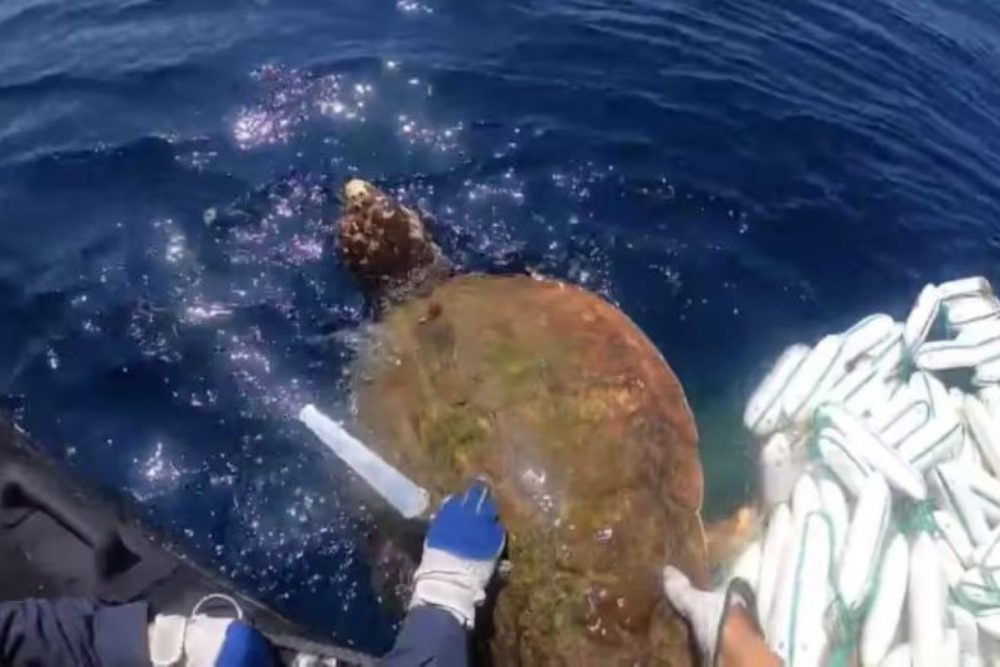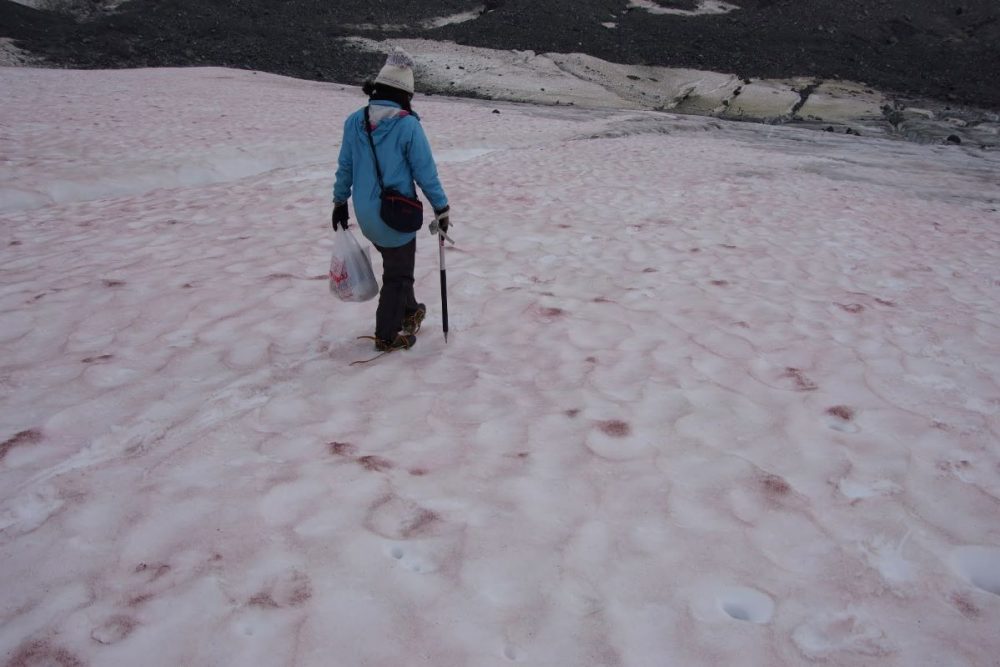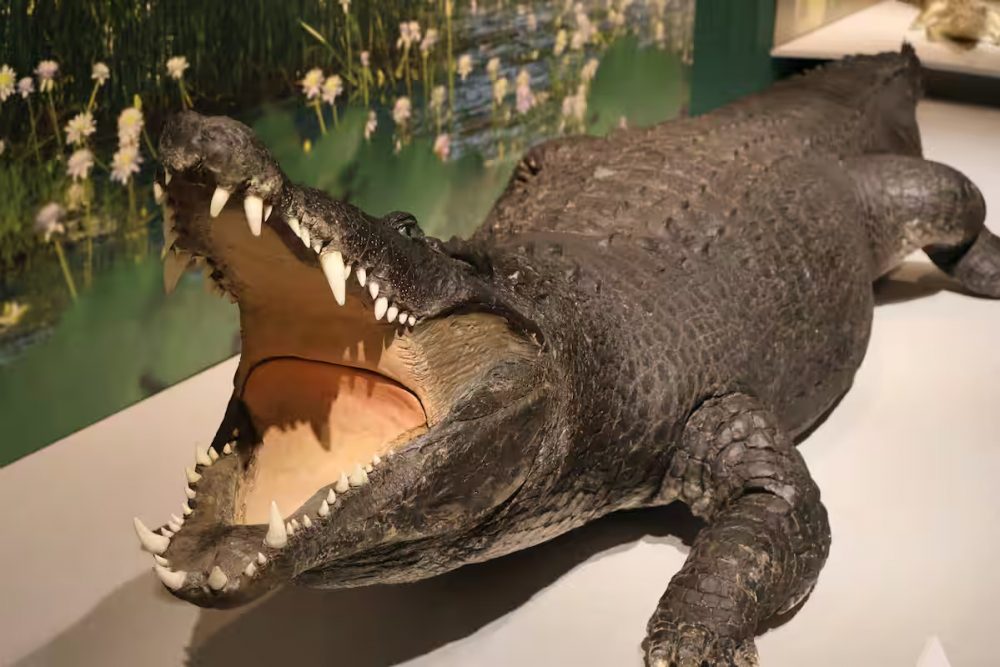How Microplastics Travel to the Ocean Floor
Researchers used a world-class submersible to uncover the mysterious journey of microplastics. Currently, over 90% of ocean microplastics are unaccounted for.
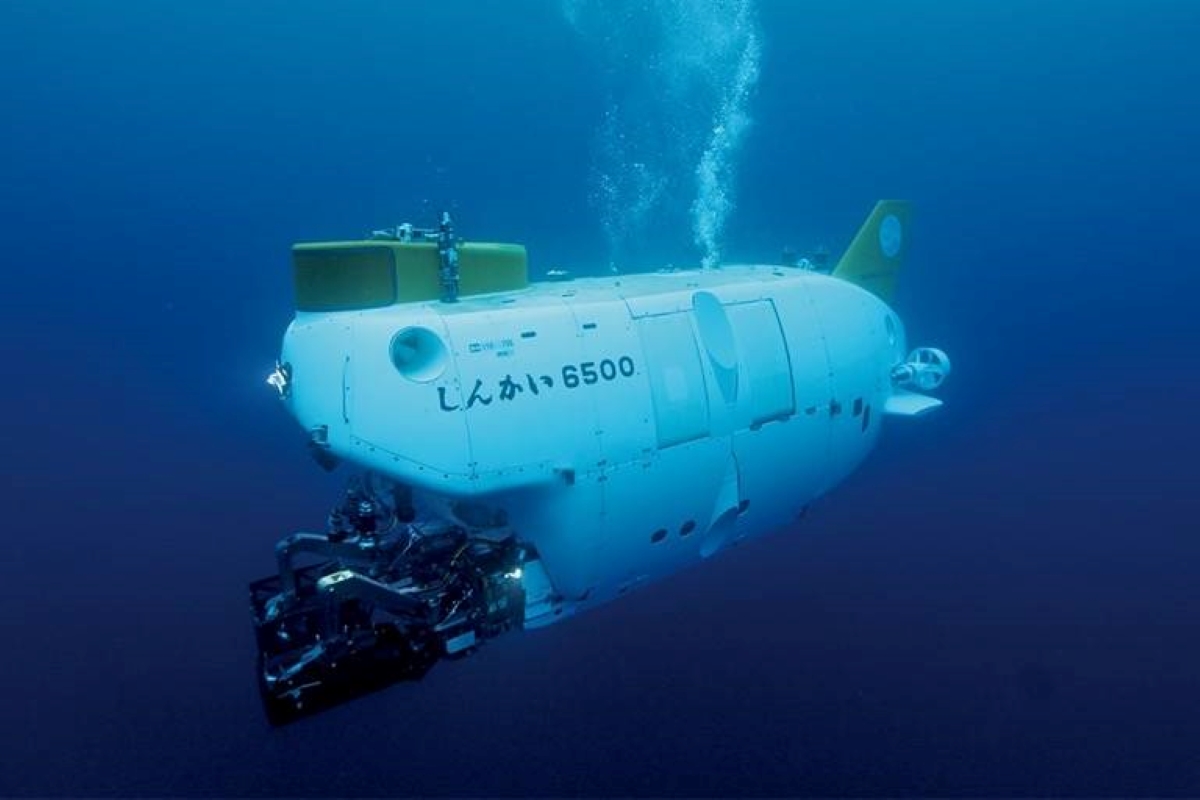
このページを 日本語 で読む
Microplastics are tiny plastic particles that float in rivers and oceans all over the world. Experts believe that, over time, this plastic refuse eventually settles on the bottom of the ocean floor.
Microplastics and their negative impact on ecosystems and human diet have been cause for concern. However, recent research by the Japan Agency for Marine-Earth Science and Technology (JAMSTEC) on microplastics has made intriguing discoveries. Microplastics do not simply sink to the bottom of the sea but reach it through several unexpected channels. Differences in the transport modality cause significant variances in the amount of microplastics deposited and their size and materials.
8 Million Tons of Plastic
Microplastics are typically less than five millimeters (0.2 in) in size. Some plastic products manufactured from petroleum, such as plastic bags, food containers, and plastic bottles, flow into rivers and oceans as garbage. Here, they break down under the effects of ultraviolet radiation and the force of waves. Some turn into microplastics on land before entering rivers and oceans. Over 8 million metric tons of plastic debris continue to pour into the ocean yearly. Microplastics have been identified among these plastics in rivers and oceans across the globe.
During manufacturing, various chemical additives are added to plastic products to improve their functions. These additives remain even after larger plastics break down into microplastics. Their microscopic size means marine organisms easily absorb microplastics. Researchers have detected microplastics in the bodies of approximately 500 species of fish.
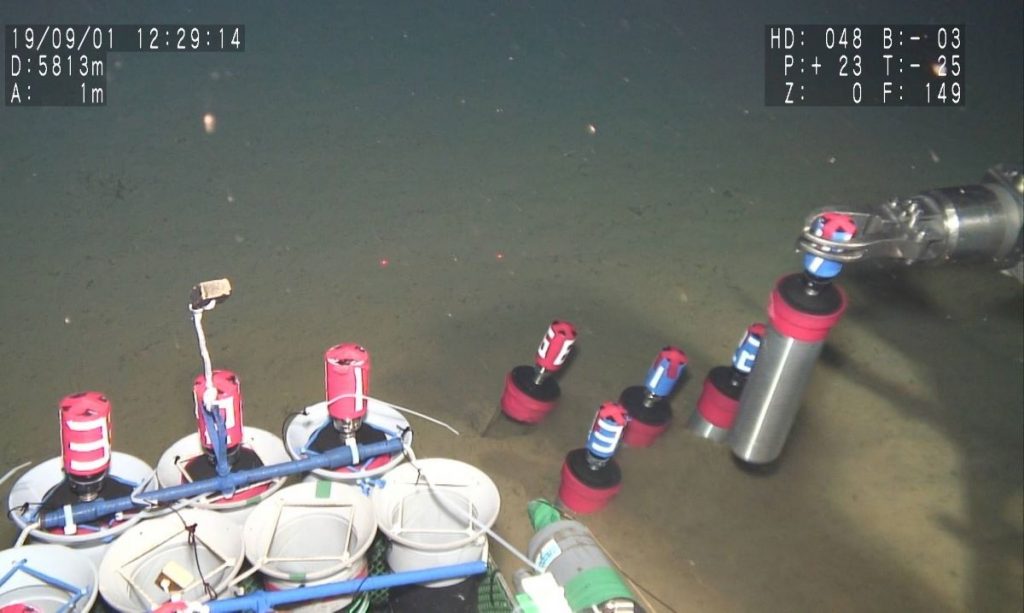
Over 90% Unaccounted For
However, the harmful effects of microplastics on these organisms are not the only concern. There are also fears about the potential impact on people who consume fish containing microplastics.
In order to solve these issues, efforts to reduce plastic waste are currently underway around the world. Unfortunately, where 90% of microplastics go once they enter the ocean is unknown. Furthermore, how they are transported and how they accumulate is similarly unclear. Therefore, a research team from JAMSTEC set out to clarify the channels and whereabouts of these microplastics.
Shinkai 6500 Survey
The team began by surveying the deep-sea floor around the Kanto region. Sagami Bay, located near a densely populated area in Kanagawa Prefecture, was the first area investigated. In its survey, the team used the Shinkai 6500, a crewed submersible research vessel that boasts a world-class diving capacity. With the Shinkai 6500, they collected and analyzed seafloor sediments at a depth of approximately 1,000 meters (3281 ft).
Next, the team obtained and analyzed sediment samples from the eastern edge of the Sagami Trough. This second location was at a depth of 9,000 meters (5.6 mi) and about 250 kilometers (155.3 mi) southeast of Sagami Bay. Finally, the researchers extracted sediment samples for analysis from an abyssal plain at a depth of approximately 6,000 meters (3.7 mi). The plain extends roughly 500 kilometers (310.7 mi) southeast of Sagami Bay.
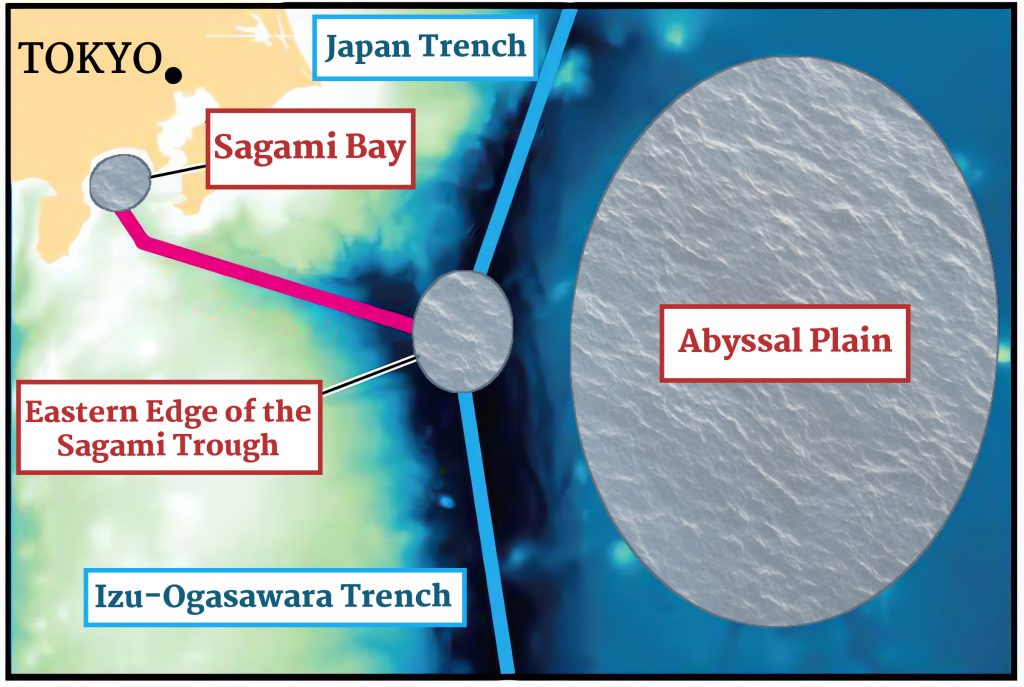
Different Concentrations of Microplastics
Within a single gram of the dried sediments from Sagami Bay, the number of microplastics averaged 29.6. Those from the eastern end of the Sagami Trough averaged 11.2, while those from the abyssal plain averaged 601.5. These numbers were far higher than the 3.82 per gram average in the Mediterranean Sea, the highest in previous studies.
Abyssal plain sediments were particularly dense in microplastics, with certain areas 260 times higher than in the Mediterranean Sea. The survey demonstrated the seafloor in the seas around Japan contains exceptionally high concentrations of microplastics.
In addition, the team found differences in the size, shape, and material of the microplastics. In Sagami Bay and the Sagami Trough, the particles were large and elongated. In the abyssal plain, however, they were small and almost spherical. Microplastics from Sagami Bay and Sagami Trough contained over ten different materials. Materials present in the abyssal plain sediments were primarily nylon, polyethylene, and polypropylene.
Carried by Undersea Landslides
Following this examination, the research team concluded that microplastics drifting in seawater do not just sink to the seafloor. Rather, they determined that how microplastics move about the ocean differs depending on the region.
Microplastics in Sagami Bay and the Sagami Trough shared the same size, shape, and materials. Based on this evidence, the researchers concluded that microplastics in these areas came from the same source. They speculated that the diversity of materials in the microplastics reflected the range of plastics that enter the ocean from the populated coast.

The Kuroshio Current
Furthermore, the minor deterioration of the microplastics suggested that not much time had elapsed since they entered the ocean. Frequent undersea landslides in the Sagami Trough, a shallow trench extending from the bay to the southeast, shifted the Sagami Bay microplastics. From there, they gradually sank to deeper areas along the trough. Researchers believe these microplastics have accumulated at the eastern end of the trough, the deepest point.
Whirlpools in the Kuroshio Current appear to have transported the microplastics found in the abyssal plain. This area is located along the curve where the Kuroshio Current, which flows northward along the Pacific side of Japan, veers sharply to the east. Here, enormous whirlpools 100 to 200 km (62 to 124 mi) in diameter generate and dissipate repeatedly. Kuroshio is one of the clockwise currents in the North Pacific.
The team explained that the large amount of microplastics swept up by the north-flowing current become stagnant in these whirlpools. As a result, these microplastics become more likely to sink. Microplastics in the abyssal plain exceeded the number in Sagami Bay and Trough due to the sheer volume the current sucks in. These particles are small and almost spherical because they have been floating in the Pacific Ocean for a long time.
Protecting the Ecosystem
However, scientists have not yet grasped why the materials were mostly polyethylene, nylon, and polypropylene. JAMSTEC's research has shed light on the surprising courses by which microplastics in Kanto waters arrive at the ocean floor. However, undersea landslides and the Kuroshio Current constitute only a fraction of these channels. Most remain unknown.
Masashi Tsuchiya, deputy chief researcher at JAMSTEC, gave his thoughts on the future of this research. "We would like to clarify all these channels by investigating the upstream areas of the Kuroshio Current. That includes the area around Okinawa, off the coast of Shikoku, and the Sea of Japan. We also hope to use this information to counter the harmful effects on the ecosystem."
This article was first published on JAPAN Forward on October 18, 2023.
このページを 日本語 で読む






